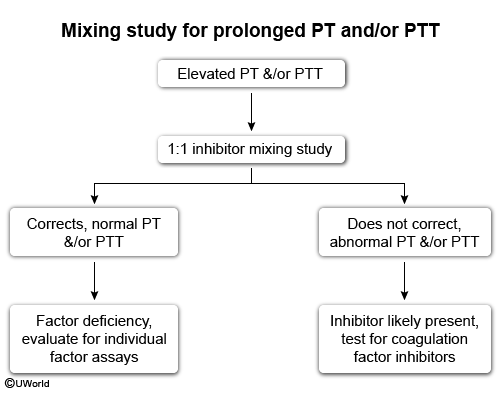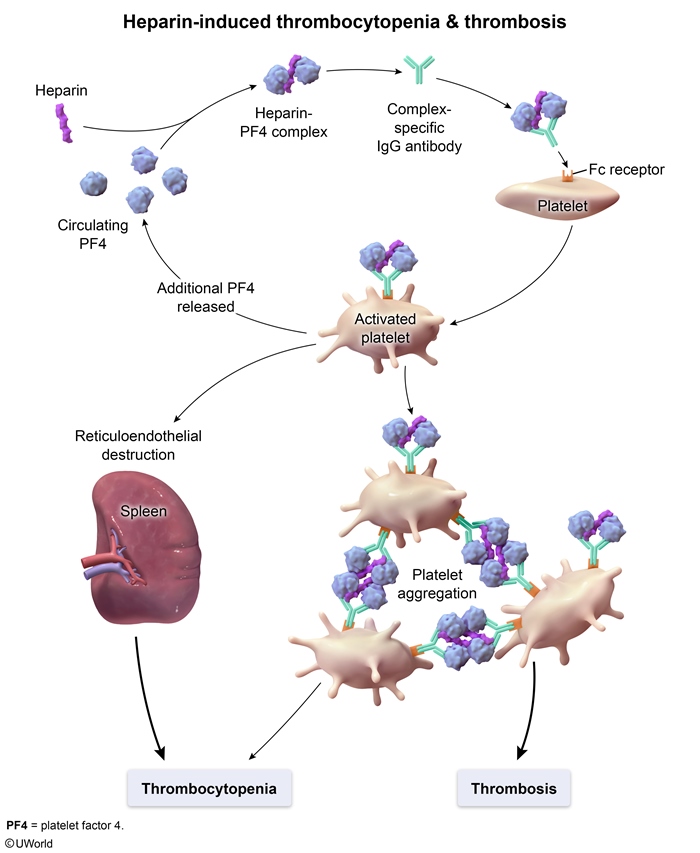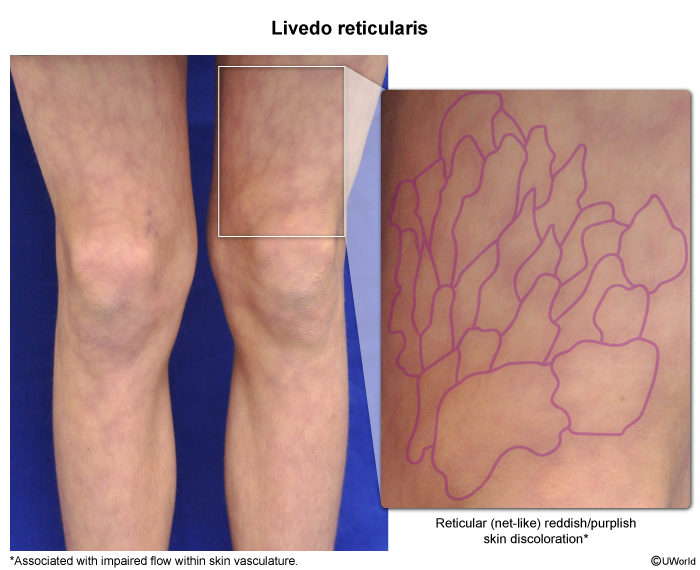Antiphospholipid Syndrome
Article Sections
Introduction
Antiphospholipid syndrome (APS) is an autoimmune disorder characterized by recurrent thrombosis and/or pregnancy complications in the presence of persistent antiphospholipid (aPL) antibodies. APS can occur as a primary disorder or secondary condition in association with other autoimmune diseases, most commonly systemic lupus erythematosus (SLE).
Pathogenesis and risk factors
The cell membrane is composed of phospholipids with attached proteins found throughout the surface, and the formation of autoantibodies (ie, aPL) that target these phospholipids and membrane-bound proteins is the underlying cause of APS. The interaction between aPL antibodies and membrane-bound proteins on multiple cell types creates a hypercoagulable and proinflammatory state. Specifically, aPL antibody binding causes:
- Cell activation: Activation of endothelial cells causes the expression of prothrombotic proteins (eg, adhesion molecules, cytokines, tissue factor) in endothelial cells. The activation of immune cells (eg, monocytes, neutrophils) causes the secretion of proinflammatory cytokines. In addition, under shearing stress, platelet activation is enhanced.
Continue Learning with UWorld
Get the full Antiphospholipid Syndrome article plus rich visuals, real-world cases, and in-depth insights from medical experts, all available through the UWorld Medical Library.
Figures


Images
